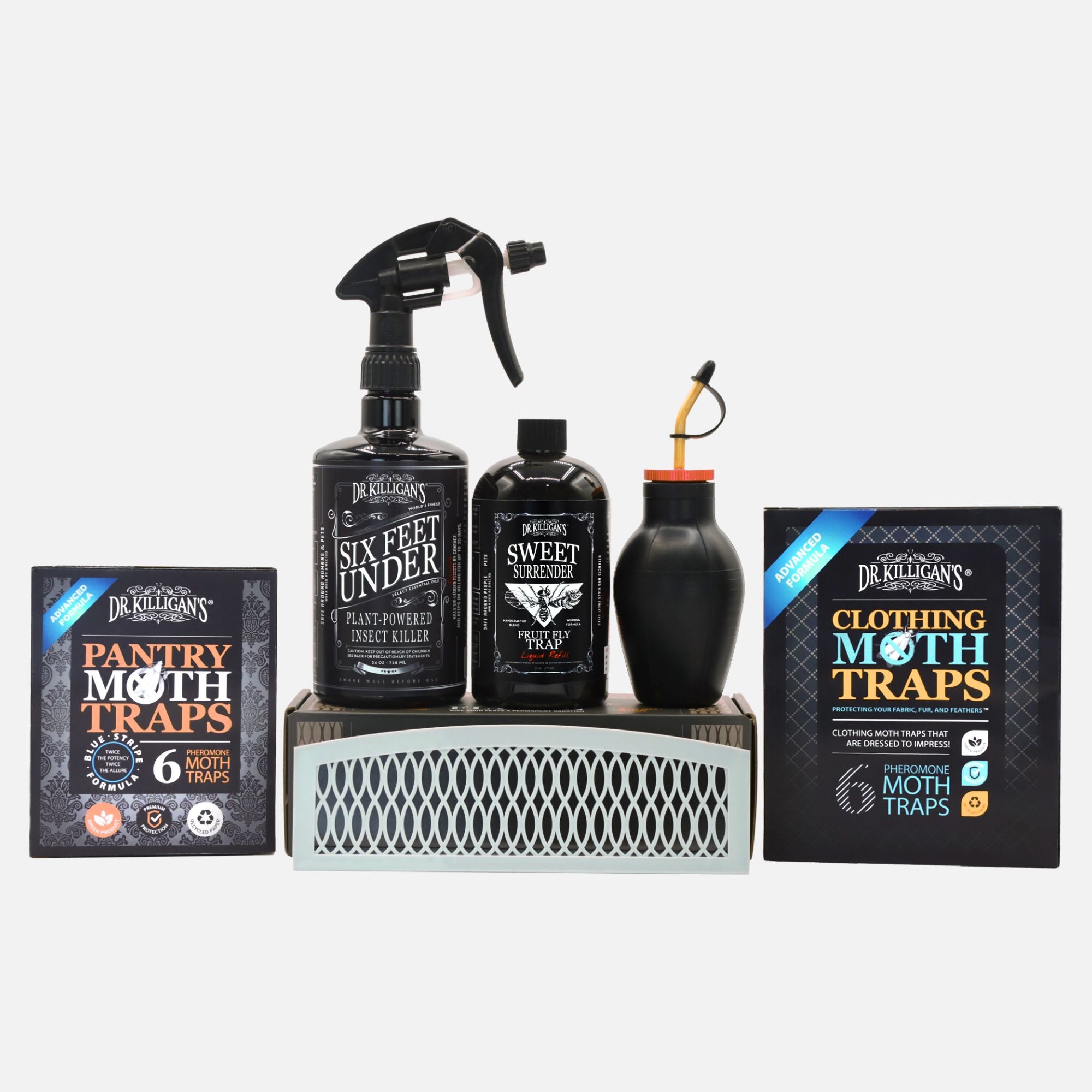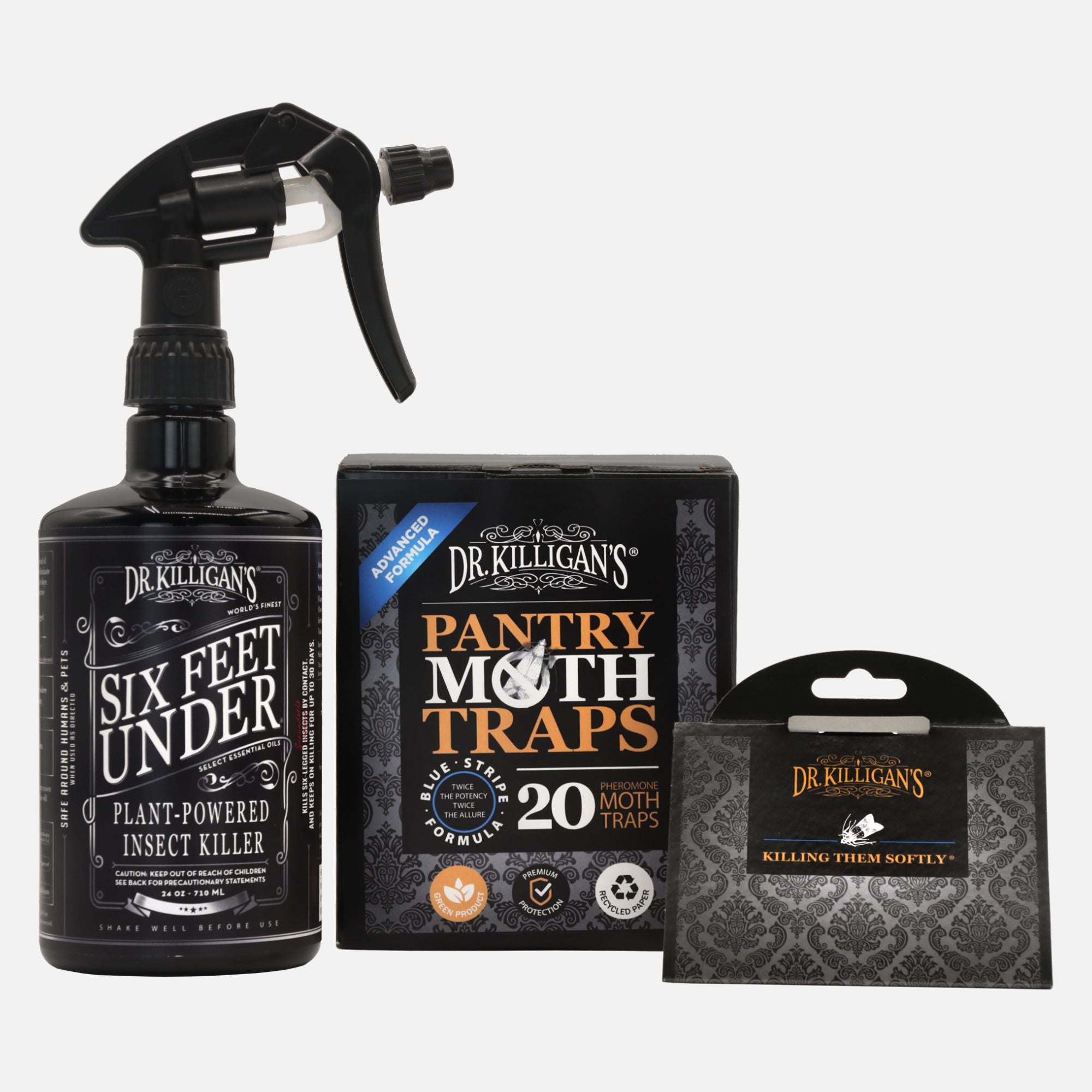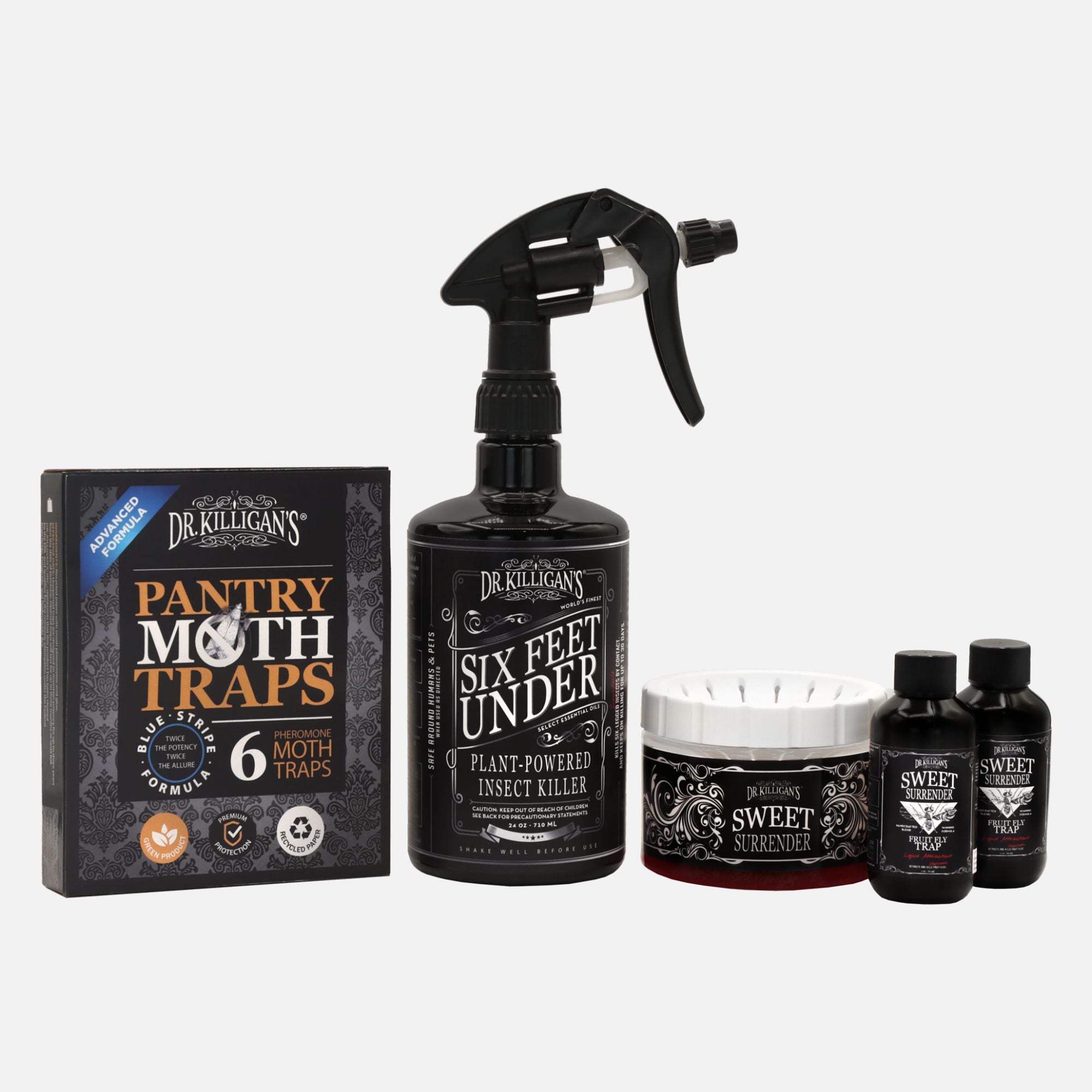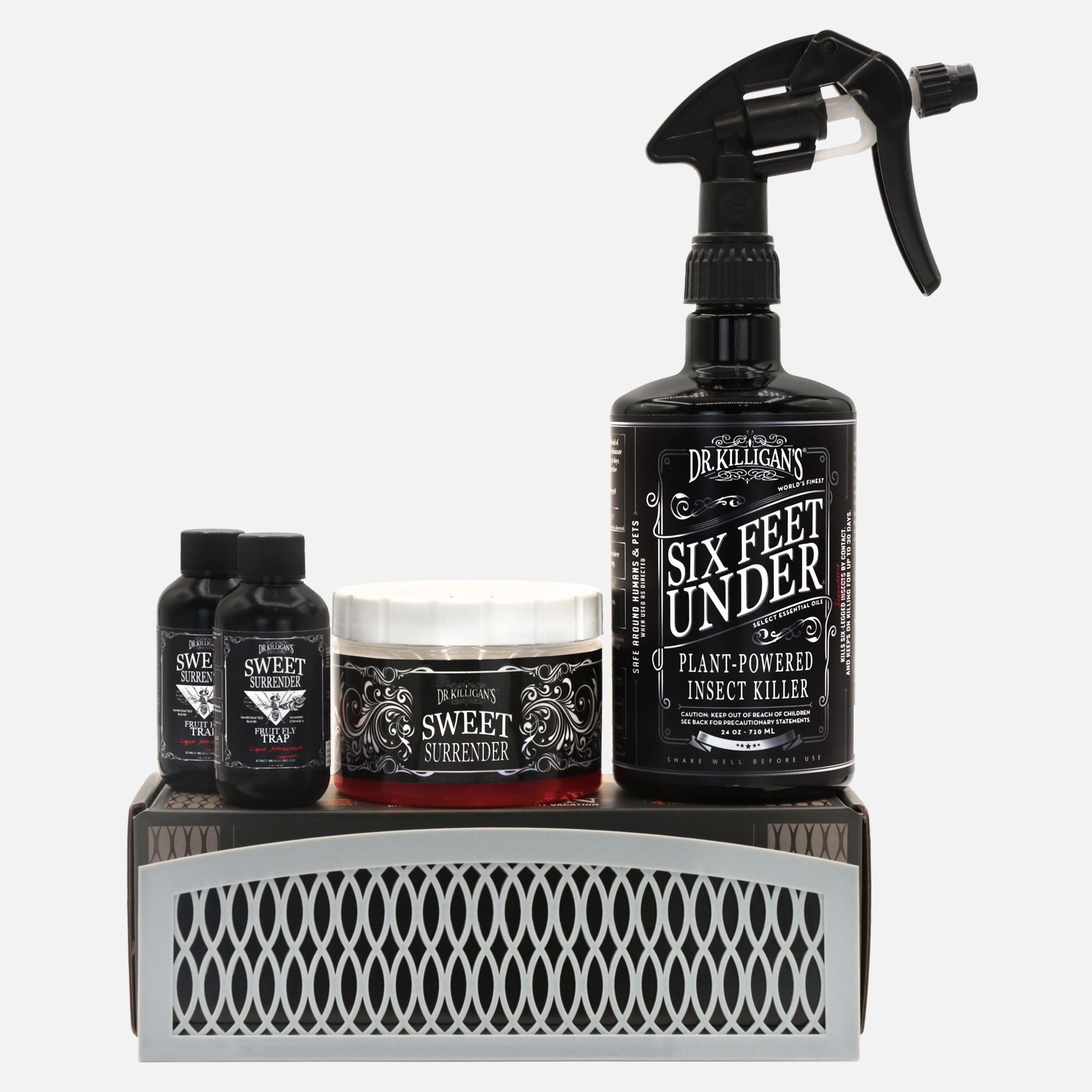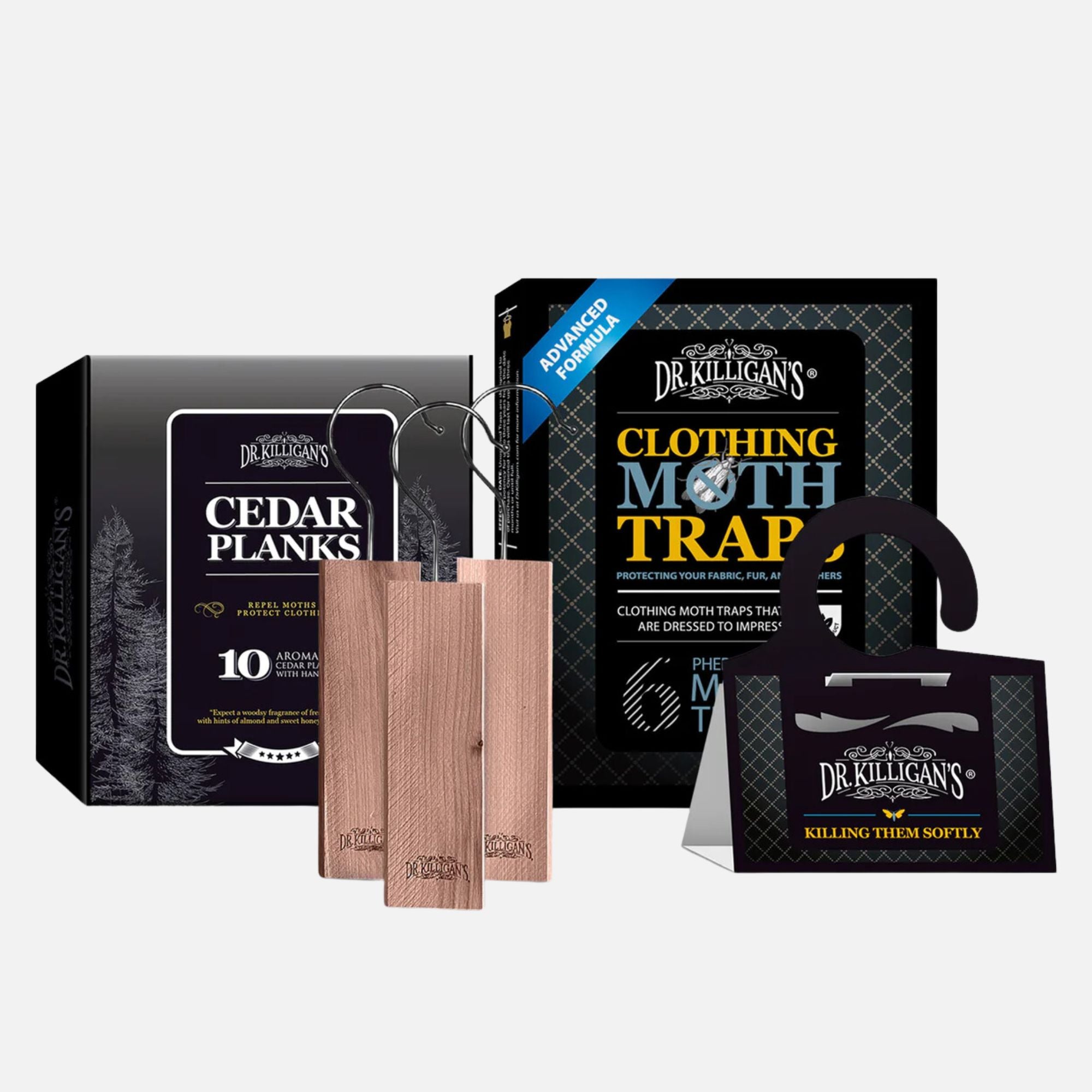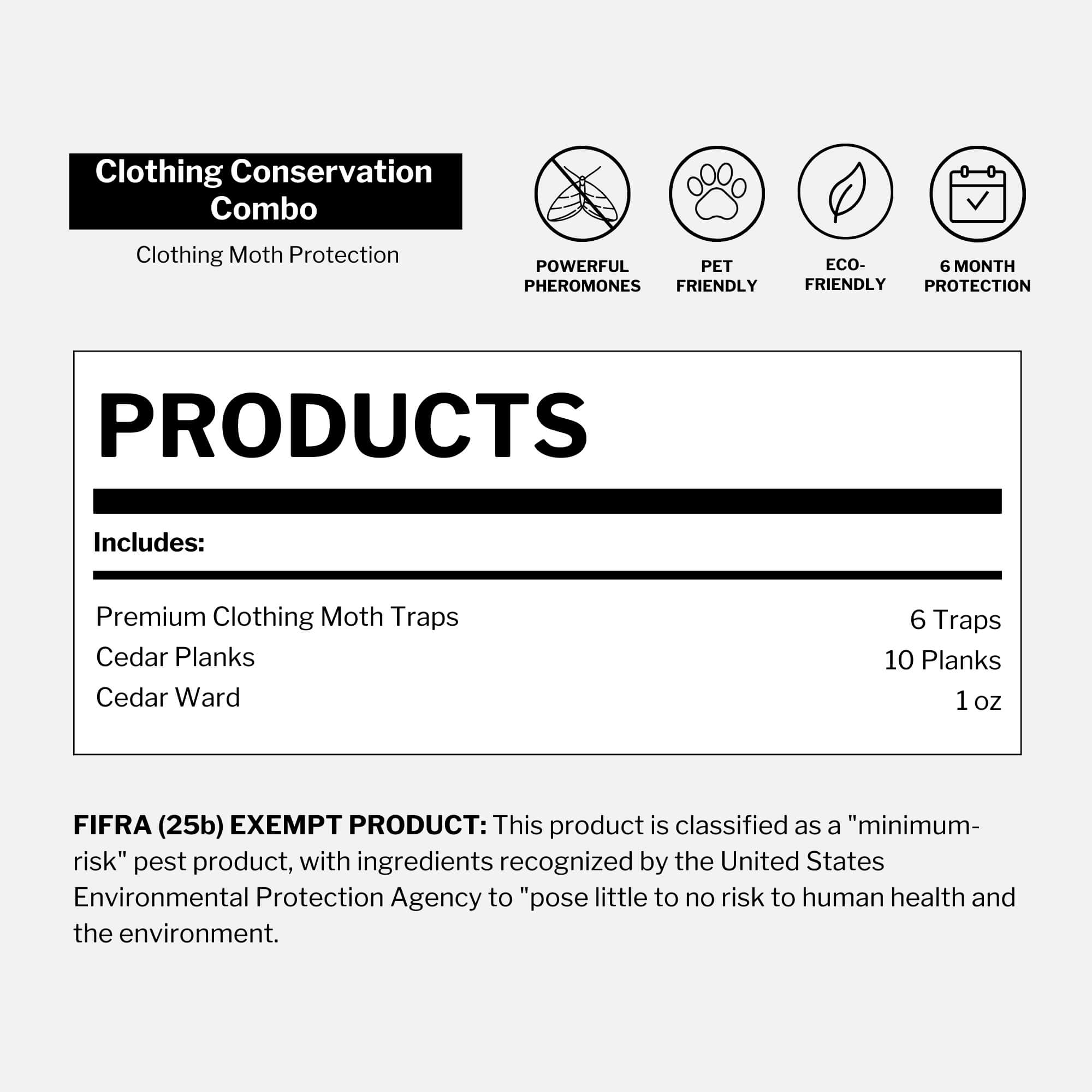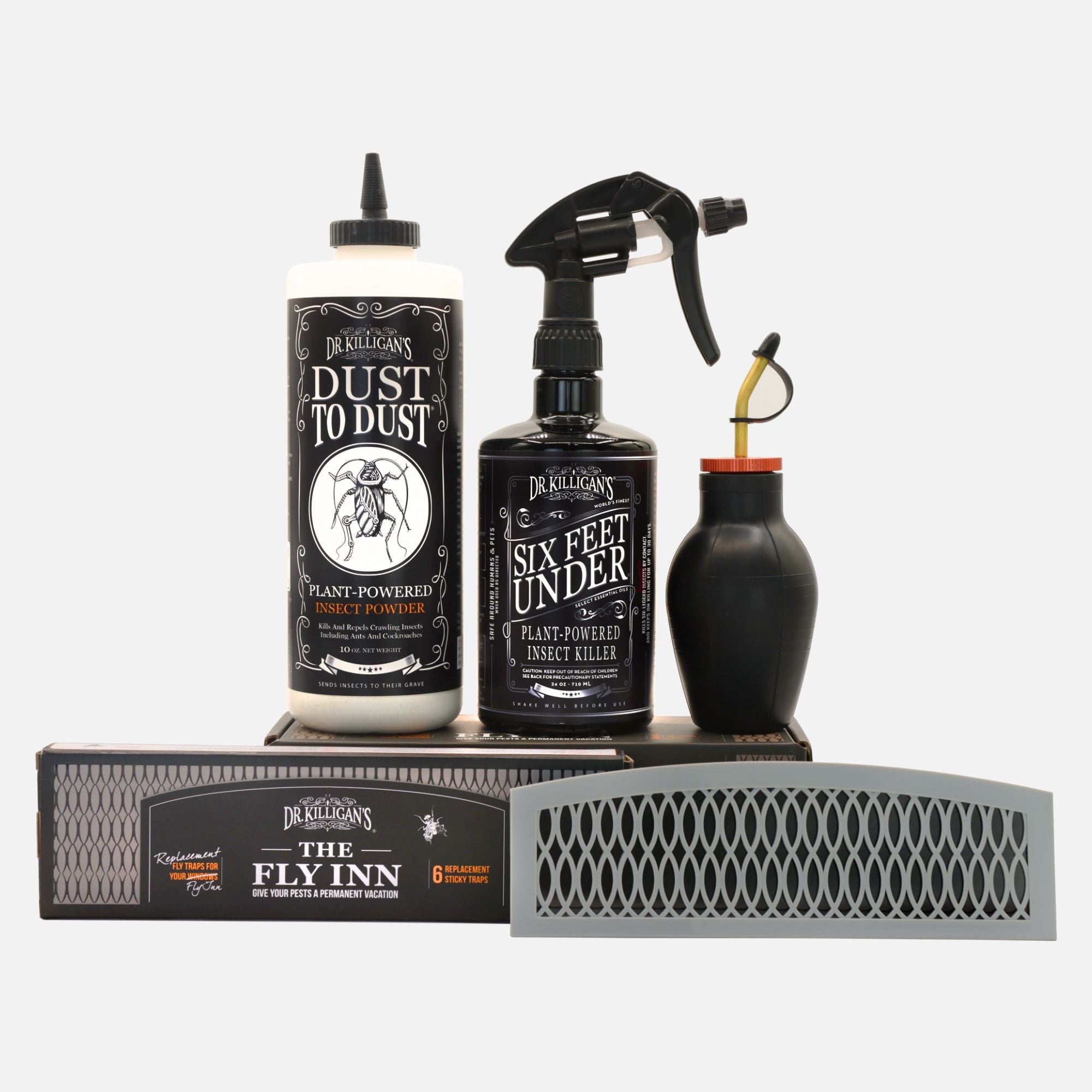Moths can be a nuisance, but they are not always harmful. It depends on the type of moth that you have.
Therefore, being able to identify that particular moth is of utmost importance. Did the said moth just flutter in and will it simply flutter back out of your home—or is it there to stay and raid your pantry, eat your puppy’s kibbles or ruin your favorite sweater?
Numerous types of moths could accidentally (or purposely) make their way into your home. In this article, we’ll focus on the most common types of moths that might try to gain a foothold in your home.
What types of moths get into my home?
Tiny moths, brown moths, small grain-eating moths or any-time-of-year moth. These are just a few words to describe the species of moth that may be in your home. Let’s get down to business and identify them.
Brown house moth

The brown house moth, or Hofmannophila Pseudospretella, falls into the category of pantry moth. Like the common pantry moth, the brown house moth lives closely alongside humans, benefitting from their diets and shelters, and is therefore considered a serious pest in domestic and commercial settings. They may be found living in the carpets, clothing, cabinets or pantries of residential homes, along with a home’s attic, roofing space or loft. Their larvae are quite destructive, feasting on a wide range of manmade foodstuffs and household materials, including cereals, dried fruit, seeds, wood floor inlays, clothes and furniture fabric and fur.
Like the webbing clothing moth Tineola bisselliella, these moths have the unique (and unusual) ability to break down, digest and utilize keratin as an energy source. Though, unlike the webbing clothes moths, they will also eat foodstuffs (as mentioned above).
Note: They are able to degrade keratin because of the lactic acid bacteria present in their midgut.
Identification: The brown house moth can be difficult to identify, due to its similarities to the pantry moth. The brown house moth has brown coloring, either reddish-brown, bronze-brown or brownish-gray, along with patches of brown and black. The wings have small, irregular, dark flecks. The hind wings of the adults have a fringe of long hairs along the lower edge. The brown house moths are small, averaging one-fourth to one-half inch long.
In nature, there will usually be a single generation of brown house moths per year, but in warm, humid home or commercial environments, the life cycle may be completed in as little as seven months.
White-shouldered house moth
The white-shouldered house moth, or Endrosis Sarcitrella, belongs to the same subfamily as the brown house moth. Like the brown house moth, it is a species of pantry moth that is found worldwide due to its close association with human environments that create plentiful, rich food environments.

The white-shouldered house moth is attracted to light and can be found at any time of year, due to its all-season all-year continual breeding cycle. Its omnivorous larva, which gorges itself on food of both plant and animal origin, eats dried food such as grain, flour and cereals, along with animal based fabrics, such as wool, silk or cashmere.
These moths like to make a home in bird nests, so be mindful if you have birds that are nesting (or attempting to nest) on or nearby your home. They wine, dine and breed in houses, outbuildings and factory environments, where foodstuffs are abundant.
Identification: These moths are tiny, measuring one-fourth to nearly one-half inch in length. Their forewings are brown, whereas their head and the front of their thorax are bright white, giving the white-shouldered month its common name. They have grayish-white forewings that are marked with dark mottled patches.
They occasionally cause serious damage in wine cellars, where the larvae bores into the corks of the stored bottles, damaging the wine inside. The white-shouldered moth is most common in Great Britain.
Mediterranean pantry moth

Identification: It is just slightly larger than the Indian meal moth, but is better distinguished by its coloring (rather than its size). The Mediterranean pantry moth is light gray with a distinguishing black zigzag pattern on its wings, unlike the Indian meal moths, which do not have these black lines. It also has a very particular stance when resting, which involves extending the forelegs and raising the head slightly to give it a sloping appearance. It is the only type of house moth that has this I’m-watching-television, don’t-bother-me pose.
Like the Indian meal moth, the destructive tendencies of the Mediterranean pantry moth are similar. Their foodstuffs of choice are more particular than their cousins though, as they are highly fond of processed broken grains (rather than whole grains) and coarse grains of flour, such as breakfast cereals and brans. Like the Indian meal moth, though, they will attack seeds and nuts, dried beans and legumes, rice, dried fruit, pet food, teas, herbs, birdseed, potpourri mixes, spices and even household decorations that use real nuts, seeds and grains, like Indian corn.
The webbing and matting of the Mediterranean pantry moth larvae can cause considerable damage to industrial machinery, as they spin copious amounts of silk that causes balls to form, which clog animal feed dispensers and packaging machinery in food processing plants and flour mills.
Common pantry moth

The pantry moth, or Plodia interpunctella, commonly known as the Indian meal moth, flour moth, grain moth and weevil moth, is a widespread pest in stored food products.
Identification: They are quite small, measuring one-fourth to less than one-half inch in length, and can be confused with the common clothing moth. Pantry moths can be characterized by the bronze or dark gray color on the outer half of their forewings and a yellow-gray color on the upper half that has dark bands in between.
Note: Understanding the difference between the pantry moth and the clothing moth is crucial, as their destructive behaviors are distinct. Pantry moths, for example, will not eat your clothes.
Pantry moths are most commonly found indoors, in locations where food packaging is stored such as kitchens, stores selling food and food processing plants. They attack a wide range of products—including almost all dry foods, especially raw and processed grain products, cereals, pastas and dog and cat food—and lay their eggs on stored food and grain. Unknowingly, you can bring home a bag of grains from the grocery store that is contaminated with pantry moth eggs and release an infestation in your home.
Eliminate common pantry moths for good with Dr. Killigan’s Premium Pantry Moth Traps.
Common clothing moth
There are two types of common clothing moths: the webbing clothes moth, or Tineola bisselliella, categorized as a primary textile pest, and the casemaking clothes moth, or Tinea pellionella, known for its protective casing habit.
Identification: The webbing clothes moth is a uniform, yellowish-golden color, with a small tuft of reddish hairs on the top of its head. The casemaking clothes moths are similar in appearance, but have dark specks on the wings.

Clothing moths are small, measuring one-half inch, and are seldom seen, as they avoid light. They prefer dark, undisturbed areas such as closets and drawers. Clothing moths, due to their larvae’s destructive eating habits, can destroy fabrics and other materials since they feed exclusively on animal fibers, particularly wool, fur, silk, feathers, felt and leather. These materials contain protein-rich fibrous keratin that the larvae love to devour (and have the ability to digest). Other materials—such as cotton—and synthetic fibers—such as polyester and rayon—are rarely attacked unless blended with wool or heavily soiled with urine or body oils.
Do away with the two most common clothing moths that plague closets around the world with Dr. Killigan’s Clothing Moth Traps.



